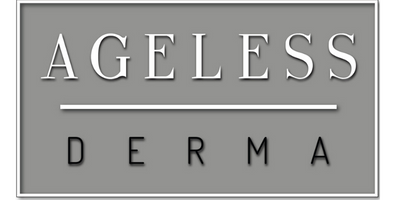
A chronic skin disease is definitely something very difficult to deal with. It affects your physical appearance a lot to the point that it sometimes leads you to losing your self-esteem. Rosacea is one of the many skin disorders that affect a lot of people, mostly females. In fact, it affects over 14 million individuals in the United States alone! While rosacea is a very widespread skin disorder, there are still a lot of people who are totally clueless about it. Rosacea is not merely described as skin redness or blushing.
Some are even unaware of the fact that they also suffer from it. True enough, determining whether you have rosacea is never a piece of cake. Many affected individuals would initially think that it’s merely sunburn or that they are just simply blushing. However, once their skin has been checked by a doctor, that’s the only time they realize they are suffering from such progressive skin disorder – rosacea. As many people are still unaware about the effects of this skin condition, we have compiled a list of important facts about rosacea that you need to know.
There is still no proven study that states the real causes of Rosacea.
Genetics, skin color, cosmetics – there are a lot of myths when it comes to what really causes rosacea to occur in an individual. However, there are still no solid findings about its roots. Despite being a very common skin condition, it is still not sure on what actually causes it. There are no absolute causes but its triggers can be determined by the person affected.
It’s more common to women ages 30 to 50 years old.
Women are most likely a target of this skin disorder as they approach their 30s. In addition to this, rosacea is also a lot more common to people with fairer complexions. While rosacea is more common to women between 30 to 50 years old, it can still affect men and younger individuals. Lex Gillies, a popular beauty blogger, developed rosacea only at the age of 21. It has progressed ever since.
Rosacea can be tamed but can’t be totally cured.
As its real cause is not yet determined, its cure is still not available today. Another fact about rosacea is that there’s still no existing medicine that can fully cure rosacea. However, the good news is that rosacea can still be tamed. It’s not a hopeless skin condition at all! There are ways to calm your skin down whenever rosacea strikes. You can use a very gentle moisturizer that can effectively soothe and hydrate your skin. In addition to this, you can also get yourself a humidifier to keep moisture in your room. Dryness is rosacea’s worst enemy.
Treatment for Acne and Rosacea are drastically different.
Symptoms of rosacea and acne may look quite similar in some ways. Both involves skin redness, swelling and tiny red bumps all over the face. However, the approach to treat and soothe it is very different so it is quite important to know this. Acne treatments tend to be very strong and harsh in a way that it strips off a layer of skin for the acne to heal. On the contrary, rosacea needs a very gentle approach since this condition involves hypersensitive skin.
The only way to avoid it is to have full knowledge on what triggers it.
Dr. Farid Mostamand, founder of Ageless Derma states, “Certain skin care products may antagonize existing rosacea and could even cause an initial outbreak. It is important to understand the products you use, and whether they are appropriate for people with rosacea. Seek advice from a dermatologist or skin care professional to ensure that you are using the correct products for your condition.” This is why it’s wise to list down the factors that trigger your rosacea.
Sunscreen with high SPF is always a must.
Wearing sunscreen daily regardless of whether you have a particular skin condition or not is still very important. In the case of an individual that suffers from rosacea, superior sun protection is required to prevent the skin from being severely aggravated. Sun creams with SPF50 and above is highly recommended.
Liquid error (templates/article line 10): Could not find asset snippets/relatedblogs.liquid